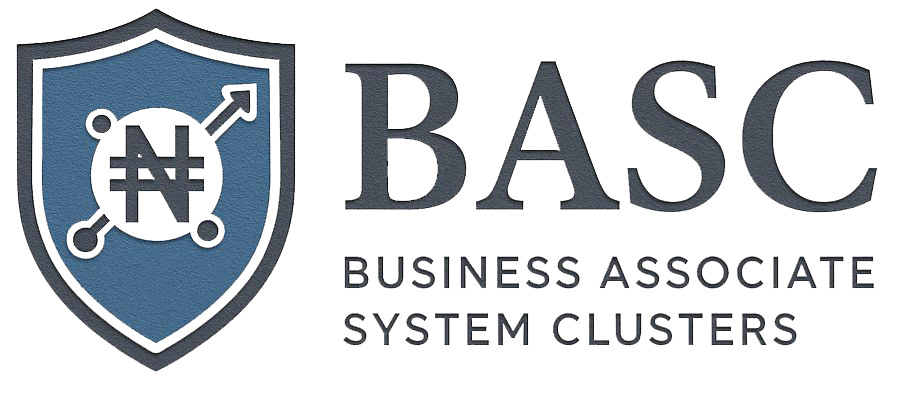1. Life Insurance: Protecting Your Legacy
At its core, life insurance is a contract between you and an insurance company. In exchange for regular payments (premiums), the insurer promises to pay a lump sum of money to your chosen beneficiaries if you pass away while the policy is active.
Why It Matters: Life insurance isn’t for you; it’s for the people who depend on you. The payout can be used to replace lost income, cover a mortgage or other debts, fund a child’s education, or simply provide your family with the financial stability they need to grieve without added stress.
Key Types:
-
Term Life Insurance: This is the most straightforward and often most affordable type. It covers you for a specific period (e.g., 10, 20, or 30 years). If you die during the term, your beneficiaries receive the payout. If the term expires and you are still living, the policy ends with no payout.
-
Whole Life Insurance: This is a permanent policy that lasts your entire life, as long as you pay the premiums. It also includes a savings component, known as cash value, which grows over time on a tax-deferred basis. This cash value can be borrowed against or withdrawn later in life.
2. Health & Critical Illness Insurance: Your Shield Against Medical Costs
While often discussed together, health and critical illness insurance serve very different but complementary purposes.
Health Insurance is a fundamental type of coverage that helps pay for medical expenses. It provides financial protection against the high costs of doctors’ visits, hospital stays, prescription medications, and preventative care. Having health insurance is crucial for managing both routine and unexpected healthcare costs.
Critical Illness Insurance is a supplemental policy. Instead of paying for medical bills, it pays out a one-time lump sum directly to you upon diagnosis of a specific “critical” illness listed in the policy, such as cancer, a heart attack, or a stroke.
Why They Matter: Health insurance covers the “what”—the doctor’s bills, hospital fees, and treatments. Critical illness insurance covers the “what if”—the lost income, out-of-pocket expenses, travel for specialized treatment, and other lifestyle adjustments that come with a major illness. Together, they ensure you are protected from both the medical and financial fallout of a serious health event.
3. Accident & Sickness Insurance: Securing Your Income
This type of insurance is all about protecting your ability to earn a living. It’s a form of income protection that provides a portion of your lost earnings if an injury or illness prevents you from working for a period of time.
Why It Matters: Most people’s biggest asset is their income. Without it, daily expenses like rent, mortgage payments, groceries, and utilities can quickly become unmanageable. Accident and sickness insurance acts as a crucial bridge, helping you maintain financial stability while you focus on recovery. It’s particularly valuable for freelancers, small business owners, or anyone with limited sick leave benefits.
4. Auto Insurance: Protecting Your Ride
Auto insurance is often a legal requirement and an essential safeguard for anyone who drives. Its primary purpose is to provide financial protection against physical damage or bodily injury resulting from a traffic collision or other incidents.
Key Coverages to Understand:
-
Liability Coverage: This is the most common type and is required in most places. It covers the costs of injuries or property damage you cause to others in an accident.
-
Collision Coverage: This pays to repair or replace your own vehicle if it’s damaged in a collision with another vehicle or object, regardless of who is at fault.
-
Comprehensive Coverage: This protects your vehicle from damage not caused by a collision, such as theft, vandalism, fire, or damage from a natural disaster.
-
Uninsured/Underinsured Motorist: This covers your expenses if you are in an accident with a driver who has no insurance or not enough insurance to cover the damages.
5. Family Package Plans: The All-in-One Solution
A family package plan is an efficient and often cost-effective way to manage coverage for multiple people. Instead of purchasing separate policies for each family member, this type of plan offers a single policy that covers the entire household, including a spouse and children.
Why They Matter: Beyond the potential cost savings, family plans offer simplicity and peace of mind. They streamline premium payments and renewals, ensuring all your loved ones are protected under one comprehensive policy. This is especially beneficial for young families or those looking to simplify their financial management.
Building Your Comprehensive Safety Net
Each type of insurance plays a unique and vital role in a well-rounded financial strategy. No single policy can protect against every risk. A robust plan often involves a combination of these coverages, tailored to your specific life stage, financial obligations, and personal needs.
Whether you’re starting a new career, buying a house, starting a family, or planning for retirement, taking a holistic approach to insurance is the key to securing your financial future. By understanding these different types of coverage, you can make informed decisions and build a safety net that protects what matters most.


